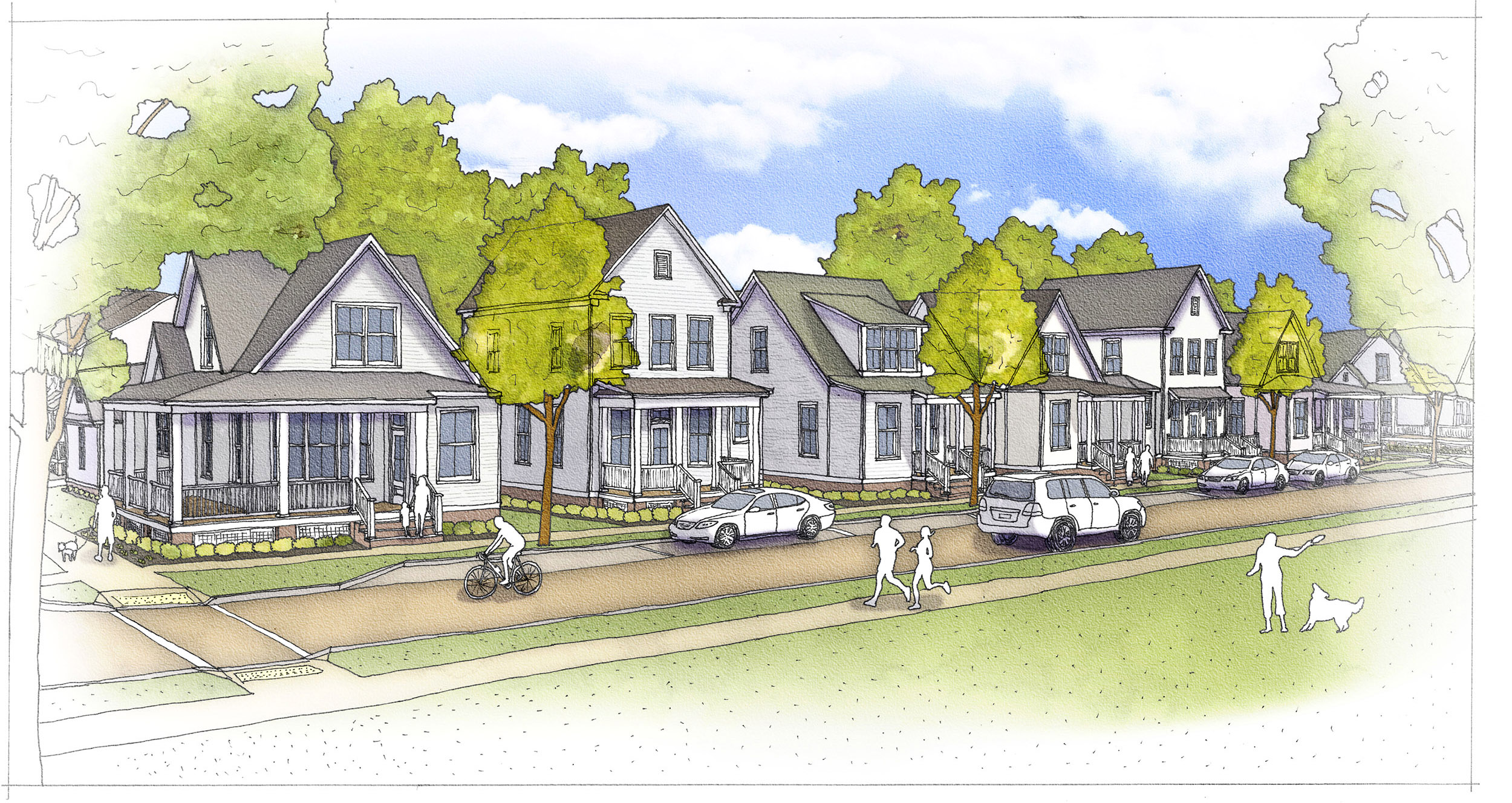As Seen on the NY Municipal Blog, February 14th, 2011
Development on Long Island is almost always a Herculean task. With various stakeholder groups coming from out of the woodwork to champion or fiercely oppose any project being proposed, the culture of development is usually volatile, difficult and mired in strangling bureaucratic red tape. The projects that have fallen prey to this volatility range from the large scale and controversial (Charles Wang’s Lighthouse Proposal at the Hempstead Hub), to the benign (a bike path across LIPA’s right-of-way from Port Jefferson to Wading River). The end result is that the process of development frustratingly grinds to a halt. All is not lost on Long Island however, as evidenced by the effort to preserve the Carmans River in the Town of Brookhaven. Policymakers from various levels of government, and a diverse group of stakeholders, have united to not only preserve the river, but to conduct their plan of preservation based upon rational, data-backed planning. More efforts at development on Long Island should follow this model.
The Carmans River, which flows in Central Suffolk County through the Town of Brookhaven, is one of Long Island’s largest rivers and, for the most part, the water is pristine. Considering the always-growing developmental pressures in the area, local groups have long identified the Carmans as being a ripe candidate for preservation. With Nassau County being at near build-out due to the carrying capacity of the aquifer, development pressures in the middle and eastern portions of Suffolk County have increased rapidly. These pressures have threatened the watershed of the Carmans, and policymakers took notice. In October 2010, the Town of Brookhaven issued a 90-day moratorium on development along the river that halted most threats to the watershed while a plan was being formulated.
When one takes a step back and thinks about what happened, the moratorium is an impressive feat. The Town of Brookhaven essentially decided to stop and think. Newsday said “the study group will comprise town and state officials, members of the Long Island Pine Barrens Commission, environmentalists and representatives of a builders’ group.”1 The fact that such a diverse group of stakeholders can come to the table, and work out a plan of action towards a unified goal is urban planning at its finest. Long Island is typically regarded as the land of NIMBY, where developing a unified vision for a particular area is often more difficult than actually procuring the funds to do so.
More local governments should follow the Town of Brookhaven’s example. These days, many urban and community planning services are outsourced to entities that do not have the political teeth to accomplish what a government agency can. Plans crafted by these groups, with often worthwhile and sometimes whimsical ideas, wind up collecting dust on a shelf. The use of this “consensus model” that was employed for the Carmans River effort by the Town of Brookhaven is reminiscent of the 1993 Long Island Pine Barrens Protection Act — a groundbreaking environmental achievement that preserved massive quantities of open space, and paved the way for the transfer of development rights program.
The Carmans River Protection Plan, still a work in progress, and the 1993 Long Island Pine Barrens Act, show what fruits that the planning process, when executed correctly by government, can yield. The planning process is a powerful tool to evoke change when used correctly, but what is needed is a mixture of patience and the ability to drown out the noise in order to focus on the project’s goals. The consensus model of development used by the Carmans River Study Group should set precedents for future land use, development and environmental policy decisions. Only when all the stakeholders are brought to the table, and an open dialogue is nurtured, can Long Island move forward into the next phase of its developmental future.
1 Brookhaven Proposal Would Preserve Pristine Carmans River, Bill Bleyer, Newsday, October 20, 2010










Why are the same towns picked over and over and the burden put on the same school districts.
Why not burden every town in Brookhaven to save the Carmens River? Put one MF in Stonybrook, put one MF in Setauket Schools, put one in Mount Sinai Schools, put one etc etc.
Oh,yes, that’s right. The builders picked the properties. They do not live in any of the areas picked and the school districts weren’t involved at all to represent the amount of new students they will have to burden.
Productive coorporation between everyone who will make money. Left out are the ones who will be hurting.
Diane-
Thanks for visiting the Foggiest Idea, and thank you for taking the time to comment. I agree- there must be a fair share of multi-family housing across not only the Town of Brookhaven, but Long Island. Due to economic conditions, the market demand for single-family homes is in the decline. Multi-Family housing is coming to Long Island, whether communities are prepared or not. We must take steps to plan, and anticipate future growth. Unfortunately, much of western Suffolk (areas like Smithtown, Islip, Huntington) is already built out, so the final frontier for growth are the eastern communities. If impact on schools are a concern, the solution may be limiting the number of bedrooms in new developments. The LIRPB has conducted studies on the tax impact of MF housing from 1975-2000, and over the 25 year period, the developments were proven to be tax positive. Moving forward, we must build in areas near transit nodes, as well as revitalize downtown sites.